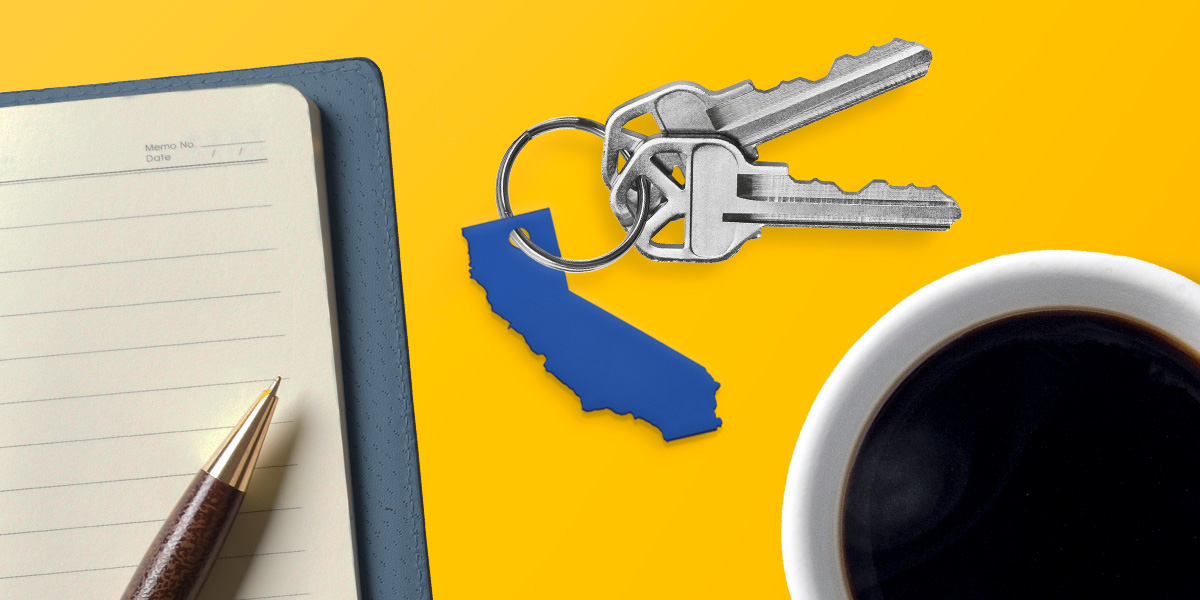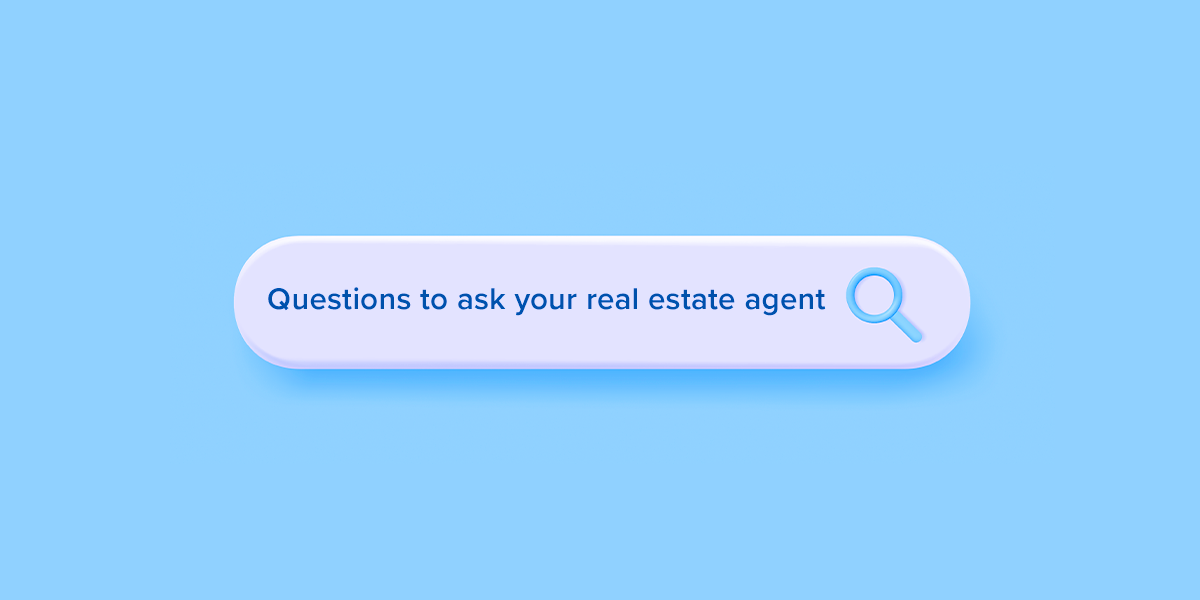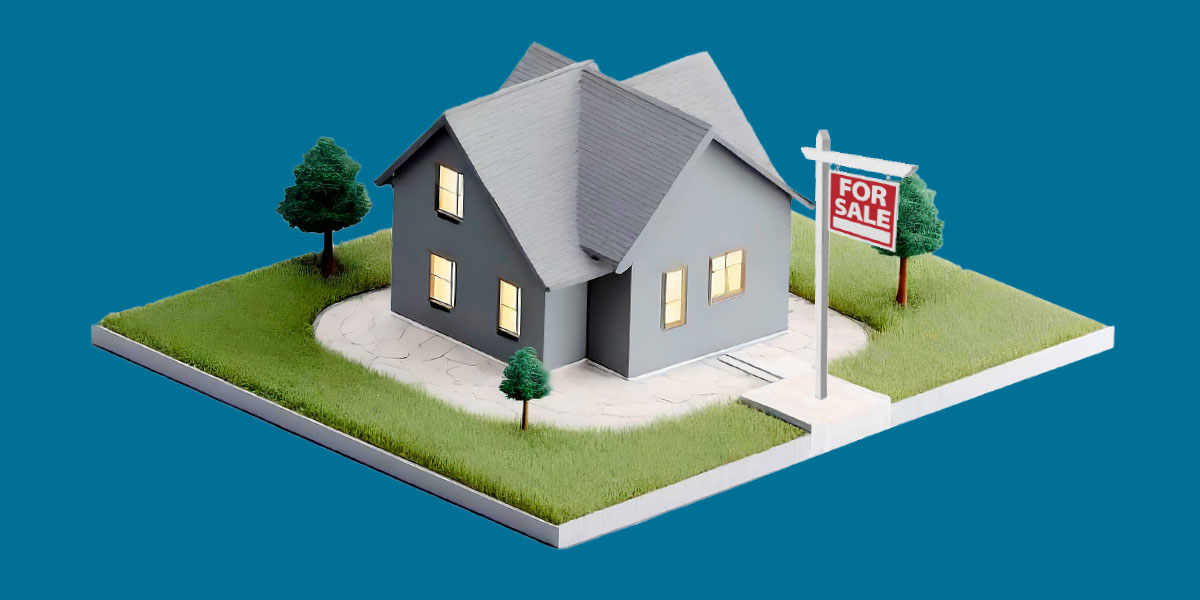-
Personal Banking -
Insights
Refinancing a Mortgage: How Does It Work?
While most people take out a 15- or 30-year mortgage, that doesn’t mean a mortgage should be a “get it and forget it” financial tool. Homeowners may refinance their mortgages for many reasons, such as lowering their monthly payment, funding home improvements or paying off their mortgage faster. Mortgage refinancing can be a smart financial move to consider.
Here are some things about mortgage refinancing you should know.
What Does Refinancing a Home Mean?
Refinancing a mortgage refers to replacing your current mortgage with a new home loan. The new loan typically features different terms, including the interest rate, the balance, the payoff date and the payments. The new mortgage pays off your current loan and then you continue making payments on your new mortgage.
Why Consider a Mortgage Refinance?
While some people assume that mortgage refinancing only makes sense when mortgage interest rates are low, there are multiple scenarios when home loan refinancing should be evaluated, such as:
- Mortgage rates declined. Even a small dip in mortgage rates may mean you can borrow money at a more favorable rate.
- You need cash. If you want to make a home improvement, pay for college tuition or pay off high interest debt, you may want to access the equity you have in your home via refinancing your mortgage.
- You want to accelerate your loan payoff. You may want to reduce your loan term, such as from 30 years to 15 years, to pay off your house faster.
- You pay mortgage insurance. If you have 20% or more in home equity, refinancing your mortgage may allow you to remove FHA mortgage insurance or private mortgage insurance.
- You want to switch loan types. A mortgage refinance might allow you to change from an adjustable-rate mortgage to a fixed-rate loan, or from an FHA to a conventional loan.
- Change in your finances. If your credit score has improved, your home value has increased or you can afford higher payments, you may qualify for a new mortgage at a lower rate than your current interest rate.
Types of Mortgage Refinancing
Home loan refinancing is less complicated than buying a home because you’re not in the midst of negotiating with a seller, but there are multiple options for refinancing your original mortgage that meet different needs.
- Rate and term. This simplest form of refinancing a mortgage changes your interest rate, your loan term or both. For example, if you want to stretch out your payments longer, you may want to refinance into another 30-year loan. This might lower your monthly payments if you've gotten a lower interest rate. If you also want to accelerate your loan payoff, you can choose a shorter loan term.
- Cash out. With a cash-out refinance, you withdraw equity from your home in the form of cash. Your loan balance will increase by the amount of cash you take out from the home, which is added to the remaining balance of your loan.
- Cash in. If you want to lower your monthly mortgage payment, you can refinance and pay extra cash at the closing to reduce the amount you need to borrow. Instead of the down payment you'd make on a new home purchase, you put cash in to lower your loan balance. This reduces your debt and may help you qualify for a lower interest rate.
- No closing cost. Closing costs for a mortgage refinance typically are 2% to 5% of the loan amount, but can be higher or lower based on your circumstances. With a no-closing-cost mortgage refinance, you roll those costs into the new loan rather than paying cash. Generally, that means your monthly payment - and possibly your interest rate - will be higher.
- Short refinance. If you face financial hardship and are unable to pay your monthly mortgage payments, you may be able to negotiate with your lender to refinance into a mortgage with lower payments. The lender would then forgive the difference in monthly payments.
- Reverse mortgage. If you are 62 or older, you may qualify for a reverse mortgage that pays you a lump sum or monthly payments from your home equity. However, it's important to note that reverse mortgages can carry high borrowing costs and can complicate your estate for your heirs. Use caution when evaluating these heavily advertised financial tools.
- Debt consolidation. A debt consolidation refinance, similar to a cash-out refinance, allows you to access your home equity through a mortgage refinance. The cash would be used to pay off other debt, such as credit cards or other high interest loans.
- Streamline. Some home loan programs, including conventional loans and government-backed loans, offer a streamline refinance to some well-qualified borrowers, which may allow them to skip some document requirements.
How to Refinance Your Mortgage
Just like borrowing an original mortgage to buy a home, refinancing a mortgage requires a step-by-step process. Generally, it can take 30 to 45 days to refinance a mortgage.
1. Define Your Goal
Before you begin an application to refinance your mortgage, it’s important to determine why you want to refinance in the context of your overall financial plan. The mortgage refinance option you choose will be based on that goal, which might be paying off debt, lowering your monthly payment, accelerating your loan payoff date or switching to more favorable loan terms.
2. Review Your Current Standing
Remember that lenders look at your current financial situation when you refinance. Check your credit history and your credit score to see if you might qualify for the lowest mortgage rates. Estimate your home equity based on your current home value and the remaining balance on your mortgage. If you have a high credit score and at least 20% equity in your home, you may qualify for a better mortgage rate and will be able to avoid paying mortgage insurance on your new loan.
If you want to take cash out, you’ll usually need at least 15% in home equity (or more) to do so.
3. Choose a Lender
When refinancing your mortgage, you don’t have to stay with your current lender. You may want to talk with several mortgage lenders to ask about their programs and rates. If you have a banking relationship with a lender, you may qualify for a discount. Your lender should provide you with a Loan Estimate outlining your costs and your new monthly mortgage payment.
4. Gather Your Paperwork and Lock Your Interest Rate
Just as you did when you applied for your current mortgage, you’ll need to provide documentation of your income and assets for your loan application. Your lender will let you know what specific documents are needed, but generally you need to give the lender access to bank statements, tax returns and pay stubs. Once you receive your loan approval, you’ll want to lock in your mortgage rate to be certain that the rate doesn’t change before your loan closes.
5. Underwriting Process and Home Appraisal
Stay in close touch with your lender during the review of your loan application in case additional information is needed. The underwriting process typically requires an appraisal of your home. Before the appraiser arrives, make sure to clean your home and do any outstanding minor repairs to show that you have consistently maintained it.
6. Close Out Your New Loan
Once your loan is approved, your lender will send you a Closing Disclosure. You should compare the Closing Disclosure with your original loan estimate. Ask questions about any numbers that are different or anything you don’t understand. The Closing Disclosure should include closing costs and instructions for the loan settlement.
The Pros and Cons of a Mortgage Refinance
While there are good reasons to consider refinancing, keep in mind that refinancing is not always ideal. Think about how long you plan to stay in your home and your other financial goals before you spend money on a refinance. You may want to discuss the decision with a financial advisor to be certain you understand the consequences of refinancing your mortgage.
Pros of Mortgage Refinancing
- A lower interest rate can save interest expense on your loan.
- A refinance can potentially lower your monthly mortgage payment.
- You might be able to convert an adjustable-rate mortgage to a fixed-rate loan for greater payment certainty.
- Refinancing may be able to provide cash for home improvements, debt consolidation or other expenses.
- A refinance may shorten your loan repayment term and accelerate the process of building equity and paying off your loan.
- Refinancing can be used to remove private mortgage insurance from your monthly payments if you have enough equity.
Cons of Mortgage Refinancing
- You may end up paying more in interest over the life of the loan, especially if you reset your loan for another 30 years.
- If you take cash out, you’ll have less equity in your home.
- If you shorten your term, your monthly mortgage payment could be higher, unless your loan balance or interest rate is much lower.
- Closing costs are 2% to 5% of the loan amount, which can add to your monthly payments or reduce your cash if you pay out of pocket. Calculate how long it will take you to break even on your closing costs with savings on your new loan to determine whether a refinance will be worth the expense.
- If interest rates drop, you’ll need to refinance again to take advantage of lower rates.
- Your credit score could decline when you have a new inquiry on your credit report for a mortgage application.
- Market conditions can change, so you may regret taking out too much equity from your home if its value drops in the future.
The Costs of Refinancing a Mortgage
If you decide that mortgage refinancing is right for you, keep in mind that there are costs associated with the process. Just as when you got your original mortgage, there are fees and costs associated with a new mortgage.
Costs of refinancing a mortgage might include:
- Application fees.
- Appraisal fees.
- Credit check fees.
- Attorney's fees, if required in your state.
- Title search and insurance, if required by your lender.
- Origination fees, which are what a lender charges to process a loan.
In some instances, a lender might allow you to roll the costs associated with your refinance into your new mortgage amount.
Homeownership can be as difficult as it is rewarding. That's why City National has developed resources meant to help you understand the process and take control of your finances. Visit our homeownership resource center today to learn more about being a homeowner.
This article is for general information and education only. It is provided as a courtesy to the clients and friends of City National Bank (City National). City National does not warrant that it is accurate or complete. Opinions expressed and estimates or projections given are those of the authors or persons quoted as of the date of the article with no obligation to update or notify of inaccuracy or change. This article may not be reproduced, distributed or further published by any person without the written consent of City National. Please cite source when quoting.
City National, its managed affiliates and subsidiaries, as a matter of policy, do not give tax, accounting, regulatory, or legal advice, and any information provided should not be construed as such. Rules in the areas of law, tax, and accounting are subject to change and open to varying interpretations. Any strategies discussed in this document were not intended to be used, and cannot be used for the purpose of avoiding any tax penalties that may be imposed. You should consult with your other advisors on the tax, accounting and legal implications of actions you may take based on any strategies or information presented taking into account your own particular circumstances. Trust services are offered through City National Bank.
Loans and lines of credit are subject to credit and property approval. Additional terms and conditions apply. Not all applicants will qualify. Home equity lines of credit are not available in Texas.





